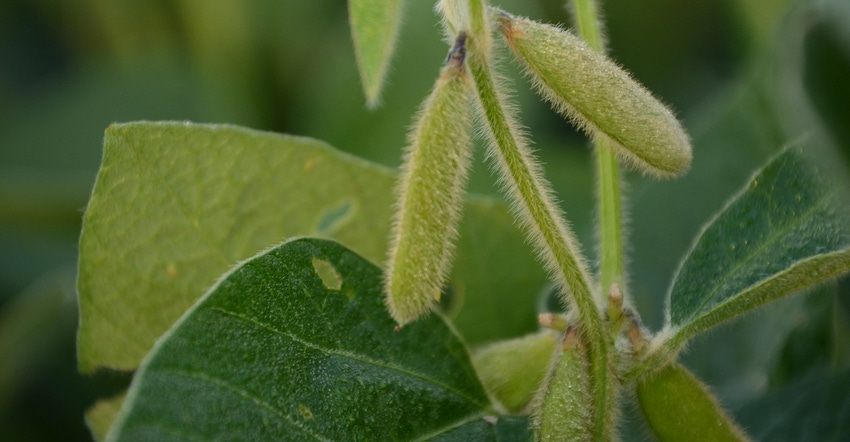April 30, 2020

Every plant has a specific system of production, from planting to flowering to seed production to senescence. It’s that circle-of-life concept farmers know all too well, and in that process there are specific rules. For example, if you ask a plant to produce more of one thing, something else must suffer. Turns out, that may not be exactly true, according to a California startup called ZeaKal.
The company is a joint venture and spinout of AgResearch Ltd. in New Zealand, where the work focused on increasing the metabolizable energy in perennial ryegrass, a popular pasture crop in a country with more sheep than people. “We were trying to improve the lipid content in ryegrass,” says Han Chen, co-founder and CEO, ZeaKal. “We wanted to give it more energy so supplementation was not necessary.”
In New Zealand, farmers supplement ryegrass with products like palm oil, which can negatively impact the fatty acid composition of meat and milk in the final product. The aim was to boost stable, seedlike oil bodies in plants, which would boost the energy of the forage.
Chen notes that ZeaKal discovered a two-gene technology — branded PhotoSeed — that could boost oil in plants by up to 8% of dry weight. “But if we were to increase oil in the plant that much, many said the energy drag on the plant would penalize the crop’s yield,” he recalls. What the PhotoSeed technology did was change the plant’s ability to photosynthesize and increase the crop’s ability to assimilate CO2. “We were increasing CO2 assimilation and breaking a lot of negative feedback loops with photosynthesis, to sustain it for a longer period,” he explains.
Moving to soybeans, other crops
Whenever a new technology is discovered, the next steps include gaining a better understanding of how it works. From ryegrass, the ZeaKal scientists turned their attention to another crop where oil content would make a difference — soybeans.
“We were not sure if the technology would work in C4 crops like corn,” Chen explains.
Instead, ZeaKal turned to the largest C3 row crop where changing the vegetative growth in seed, oil and protein content would make a difference.
“That was our reasoning at the time, but now that we better understand the mechanism, we should see benefits in corn as well,” Chen says. “We would be changing the grain composition to produce high-oil corn with more energy in silage.” But that’s for another day.
The news is that from ryegrass, ZeaKal did turn toward soybeans, and the result is a soybean with a higher oil and protein content. The net effect was to boost oil yields by 18% and protein by 3% per acre, with no seed yield penalty.
“We’ve conducted multiyear trials in Missouri, and we are expanding those in 2020 to more states across the Midwest — with two sites in Nebraska and one in possibly in Iowa,” Chen says.
Seeing that boost in oil and protein content without net loss in yield brings up the question, “how?” “That energy has to come from somewhere,” Chen says. “Our plants are able to fix more CO2 and sunshine, and that energy is manifested in the plant as better composition.”
That’s good news for a competitive export market that’s requiring higher protein and energy numbers from soybeans. PhotoSeed appears to be delivering on that score.
Who will sell it?
ZeaKal is not a seed company today, but Chen is looking at his options. The company has a research partnership with Corteva, where the two companies are developing PhotoSeed to improve seed quality and increase crop yield “We have several PhotoSeed programs going, and other players have expressed interest in an even wider range of crops than what we are working on today,” he says. “I will say the threshold and burden of proof on genetics and trait technologies is high. We have to demonstrate consistent results across many environments and growing seasons. While getting the technology into the hands of a large company that can accelerate development into their elite germplasm is very attractive, we’re also keeping the option for us to become our own seed company open.”
PhotoSeed is a biotech trait, which puts it under the purview of all the relevant regulations for a GMO; but Chen is optimistic that because this trait provides consumer and environmental benefits, that it would be more acceptable than the legacy input traits on the market.
“I think this will be looked upon more friendly, because it is a product more in line with what consumers want and doesn’t face the stigma of first-generation genetic traits. What we’re really achieving is increasing nutrition value and yields without the need for additional land or resources.”
You can learn more about the company and its technology at zeakal.com.
About the Author(s)
You May Also Like






